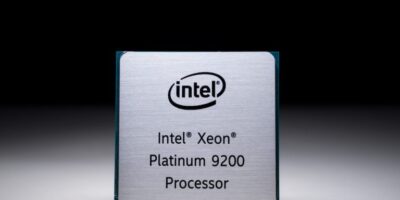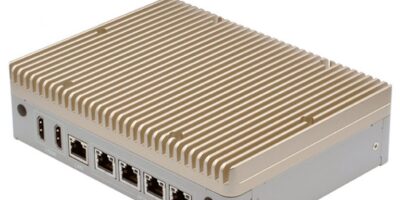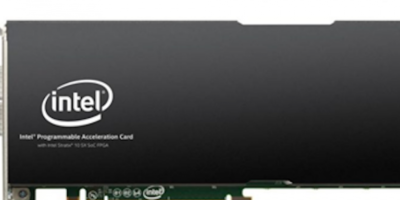Digital and analogue assets can communicate and collaborate, says Adlink, using its Edge and Vortex DDS edge IoT products.
The company’s edge IoT products can add intelligence to conveyors. They also find missing inventory, automate bin picking, determine fill levels and connect robots − all in real-time. Daniel Collins, Adlink IoT director for North America said: “By bringing artificial intelligence (AI) to the edge we’re helping to automate warehouse logistics in a quick and cost-effective way that increases productivity and employee ergonomics. One of our customers decreased the time it takes to build a pallet by 41 per cent, increasing total daily throughput by 200 per cent without disrupting the way employees are used to working.”
The Adlink Edge and Adlink Vortex DDS make pallets and robots intelligent so they can communicate with the world around them, enabling customers to increase pallet profitability, quality inspection, automation, and productivity within the distribution center and manufacturing floor.
The company will debut its Edge IoT Smart Pallet Experience at Pack Expo, Las Vegas (23 to 25 September) in the Las Vegas Convention Center, Level 1, Lower South Hall booth 6387.
The immersive experience will demonstrate machine vision, AI and robotics technology for warehouse distribution and manufacturing with partners Amazon Web Services (AWS), Intel’s IoT group, and robot maker Rover Robotics. A game-like exhibit will encourage attendees to use hands-on edge IoT technology, stacking pallets against the clock for a chance to win a $100 Visa gift card.
Adlink Technology specialises in edge computing and has a mission to reduce the complexity of building IoT systems. Adlink provides the analogue digital link to make machine connectivity simple through edge hardware and edge software to form edge IoT solutions for manufacturing, networking and communications, medical, transportation, power, oil and gas, and government and defence industries.
Its edge IoT includes embedded building blocks and intelligent computing platforms, fully featured edge platforms, data connectivity and extraction devices, secure software for data movement, and edge IoT apps to monitor, manage, and analyse data-streaming assets and devices.
(Picture credit: AlexLMX)







